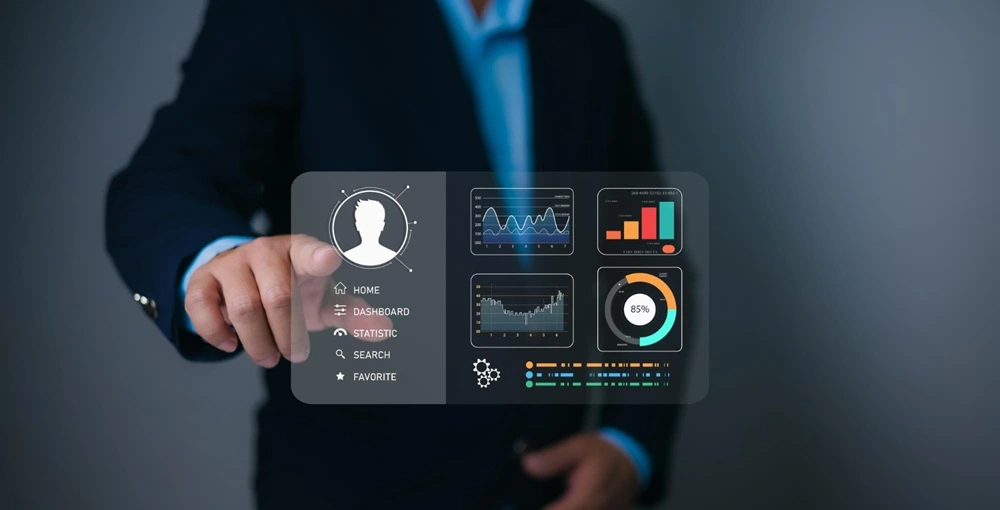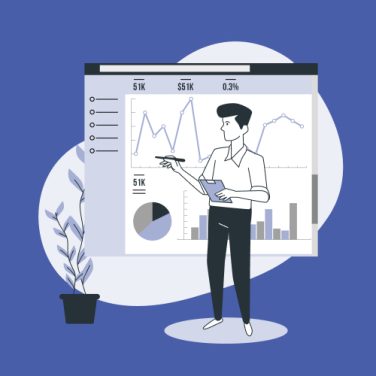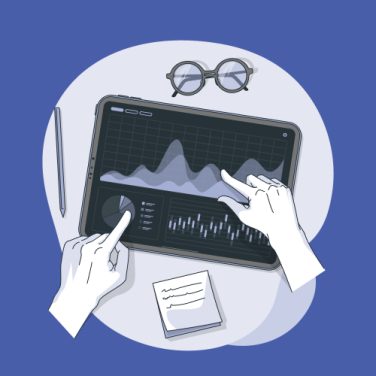Demand for live workforce analytics has surged among HR leaders seeking to react swiftly to emerging trends and make informed decisions.
Real-time HR dashboards provide live visual insights into workforce metrics, enabling HR teams to monitor critical data such as attendance, performance, and turnover as they happen.
By leveraging streaming data or change data capture (CDC), these dashboards display updates instantly, in contrast to near real-time approaches that rely on frequent polling.
This guide covers the technical setup, design best practices, and HR-specific considerations needed to implement effective real-time HR dashboards.
Key takeaways
- Real-time HR dashboards offer live visibility into time-to-hire, turnover hotspots, absenteeism trends, and payroll anomalies.
- Key metrics include recruitment efficiency, at-risk employee identification, and live labor cost tracking.
- Best practices span visual hierarchy, integration strategies, performance optimisation, and security measures.
- MiHCM delivers native modules for real-time analytics, AI-driven predictions, and self-service reporting for HR teams.
Key benefits of real-time HR dashboards
- Implementing real-time HR dashboards accelerates HR decision-making and empowers teams to stay ahead of workforce trends.
- Immediate KPI visibility: Access up-to-the-minute data on recruitment, attendance, and performance to make swift, data-driven decisions.
- Proactive risk management: Spot absenteeism spikes, overtime surges, or turnover risks as they occur, enabling timely interventions.
- Ongoing productivity monitoring: Track live performance metrics to identify operational bottlenecks and optimise resource allocation.
- Enhanced compliance: Detect payroll discrepancies and attendance anomalies in real time to maintain compliance and reduce audit risks.
Essential metrics to track in real-time HR dashboards
| Metric | Definition | Purpose |
|---|---|---|
| Time-to-hire | Days from job posting to offer acceptance | Assess recruitment efficiency and adjust sourcing strategies |
| Applicant-to-hire ratio | Number of applicants per hire | Evaluate candidate quality and recruiter performance |
| Turnover rate | Percentage of employees leaving over a period | Identify retention issues and plan interventions |
| At-risk employees | Employees showing disengagement signs | Target engagement programs to reduce churn |
| Absenteeism patterns | Frequency and duration of unplanned absences | Manage staffing levels and address attendance issues |
| Overtime trends | Hours worked beyond scheduled time | Monitor workload and prevent burnout |
| Employee engagement | Real-time survey scores and well-being indicators | Foster a positive workplace culture |
| Live payroll costs | Real-time tracking of reimbursements and claims | Control labour expenses and ensure budget alignment |
Designing real-time HR dashboards: Best practices

Visual hierarchy and layout:
- Place critical KPIs at the top for instant visibility.
- Group related metrics and use side panels for filters.
- Maintain consistent branding and accessible colour schemes.
Interactive elements and drilldowns:
- Enable clickable charts to reveal underlying data.
- Implement dynamic filters for date ranges, departments, and roles.
- Use tooltips to explain metrics and colour codes.
Integrating HRIS and data sources for live insights
- Connect directly to attendance, payroll, recruitment, and performance modules via native connectors or APIs.
- Leverage a central data warehouse to combine historical data with real-time streams, ensuring context.
- Maintain master data governance to align employee IDs, job codes, and cost centres across systems.
- Implement change data capture to feed live updates into the dashboard pipeline with minimal latency.
Setting up real-time data streams: From polling to CDC
Real-time architectures vary in latency and complexity.
- Polling: Dashboards query the source database at intervals (e.g., every minute), offering near real-time data but adding load.
- Micro-batching: Group small data batches every few seconds; balances freshness and performance.
- Change Data Capture (CDC): Captures data changes at the source and streams them instantly to target systems via Kafka or AWS Kinesis.
Tools and platforms for real-time HR dashboards
When evaluating platforms, consider:
- BI capabilities: Compare Power BI, Tableau, and Qlik Sense’s real-time connectors against MiHCM Analytics.
- Deployment options: Choose between hosted SaaS, on-premise, or hybrid models based on data residency requirements.
- HR connectors: Assess prebuilt integrations with major HRIS like Workday, ADP, and MiHCM modules.
- AI & scalability: Evaluate automated insights, predictive analytics, and ability to handle high-volume data streams.
- Cost & compliance: Review licensing models and certifications (ISO 27001, SOC 2, GDPR) to ensure data security.
Deploying and sharing dashboards securely
Secure deployment ensures only authorised users see sensitive HR data.
- Implement role-based access control with granular permissions and row-level security.
- Encrypt data in transit (TLS) and at rest (AES-256).
- Enable single sign-on (SSO) via SAML or OAuth and maintain audit logs.
- Schedule refresh rates based on data velocity and monitor performance with automated alerts.
How MiHCM delivers real-time HR dashboards

MiHCM’s integrated suite provides end-to-end support for real-time HR analytics:
- Native modules: Directly integrate attendance, payroll, recruitment, and performance data streams.
- MiHCM Data & AI: Applies machine learning to predict turnover and absenteeism, generating proactive alerts.
- SmartAssist: Automates notifications for managers when thresholds are breached, with strategic recommendations.
- Self-service reports: Accessible via MiA mobile and web portals, empowering managers with instant insights.
Next steps to implement
- Assess current reporting gaps and define a pilot focusing on 2–3 key metrics (e.g., time-to-hire, absenteeism).
- Plan a deployment timeline: design (2 weeks), integration (4 weeks), testing (2 weeks), rollout (2 weeks).
- Engage stakeholders—HR, IT, and finance—to align on data sources and governance.
- Sign up for a trial of MiHCM’s real-time analytics modules to experience live workforce insights.



